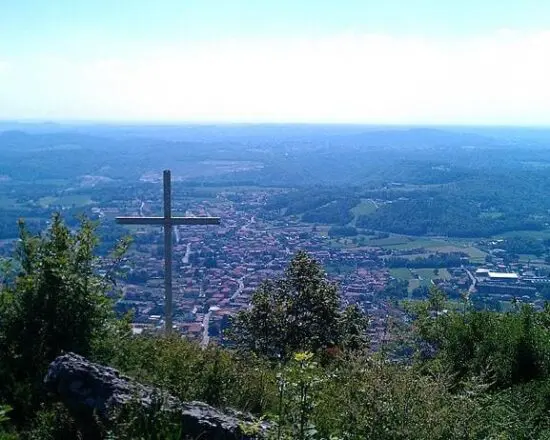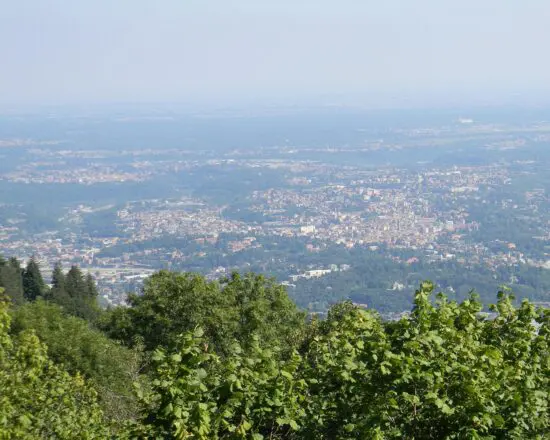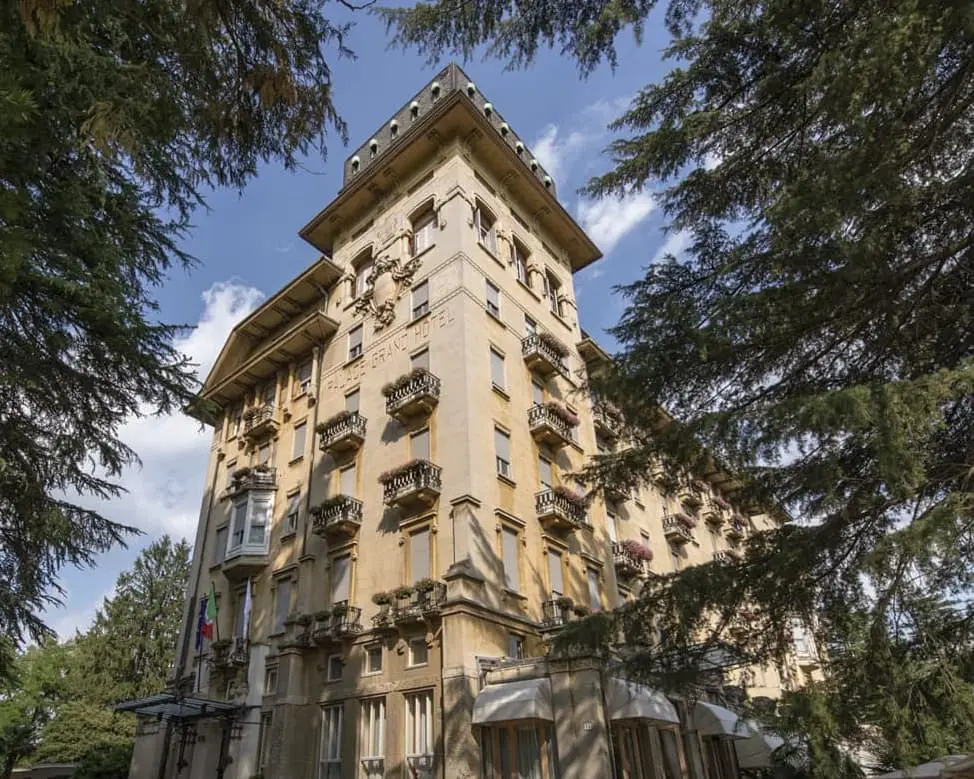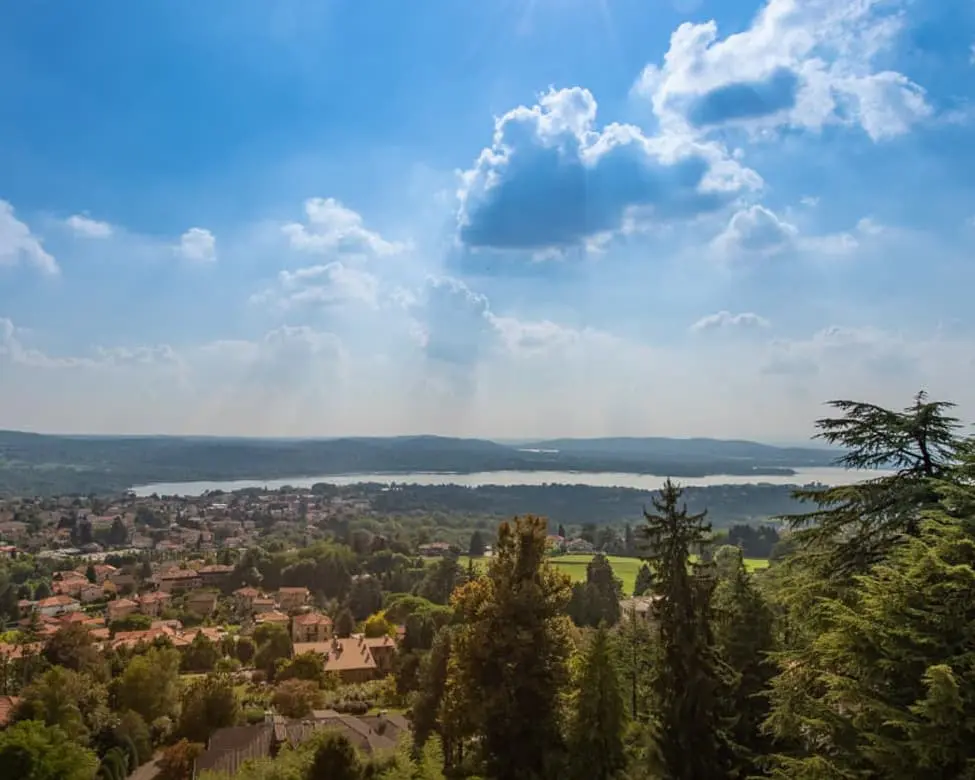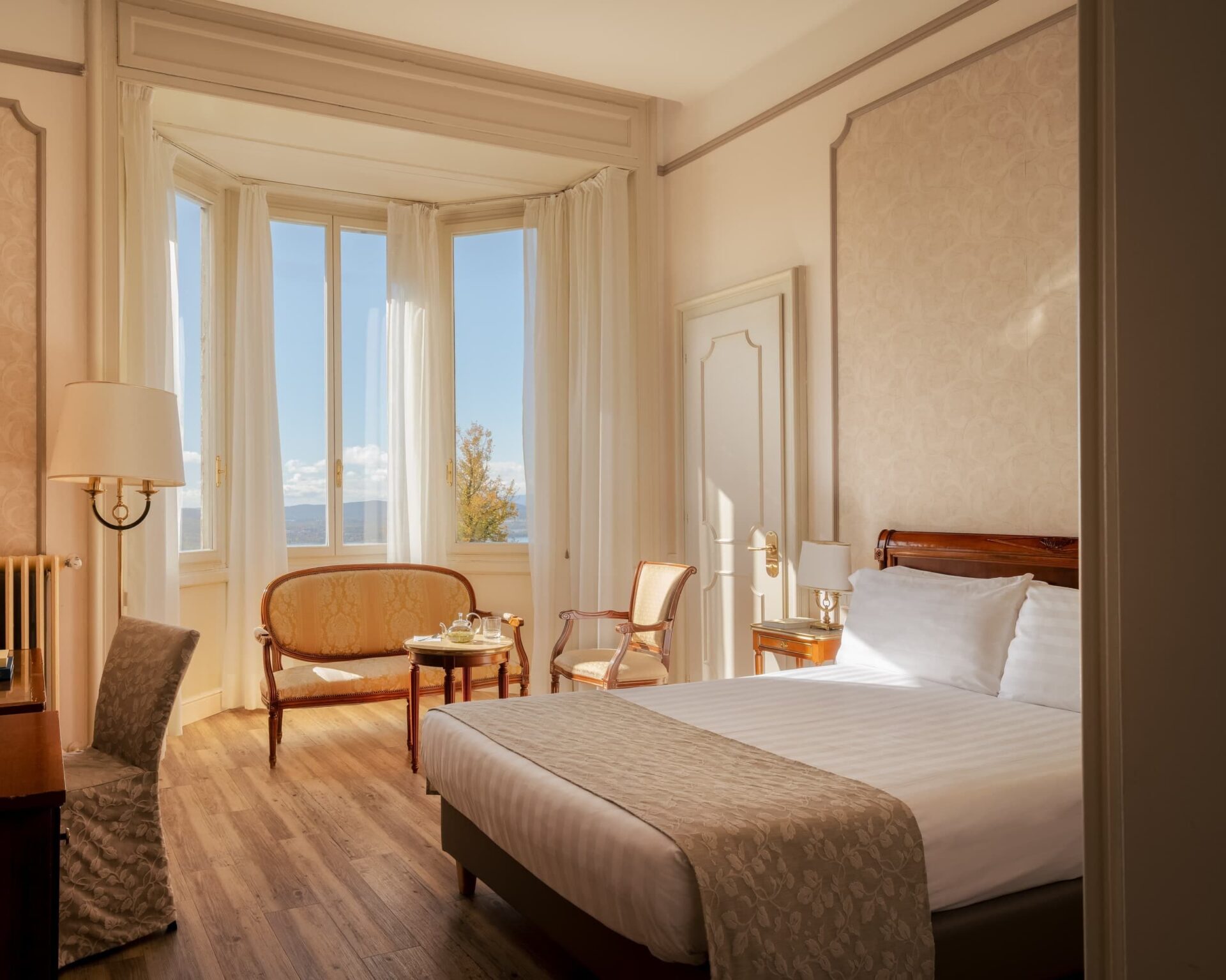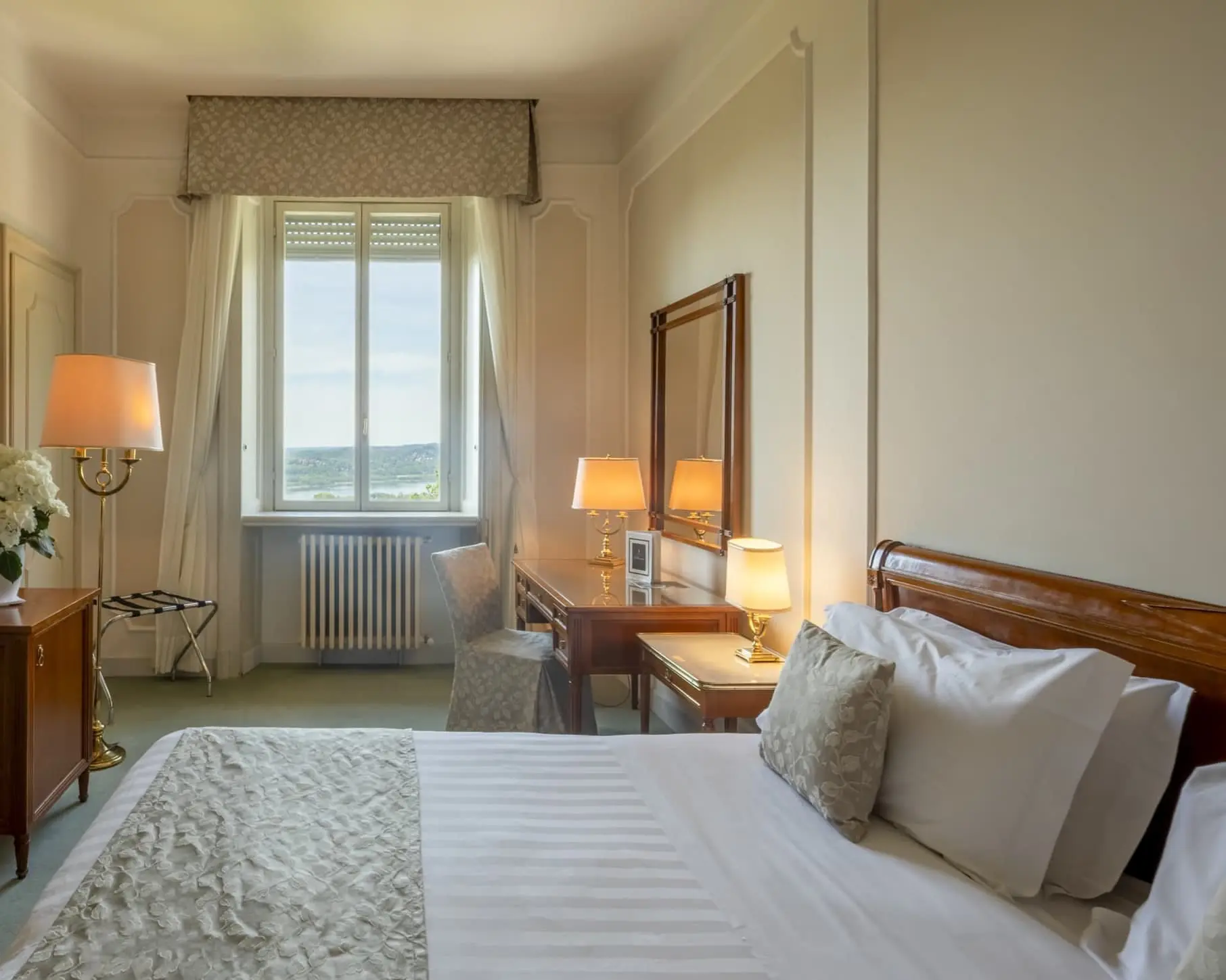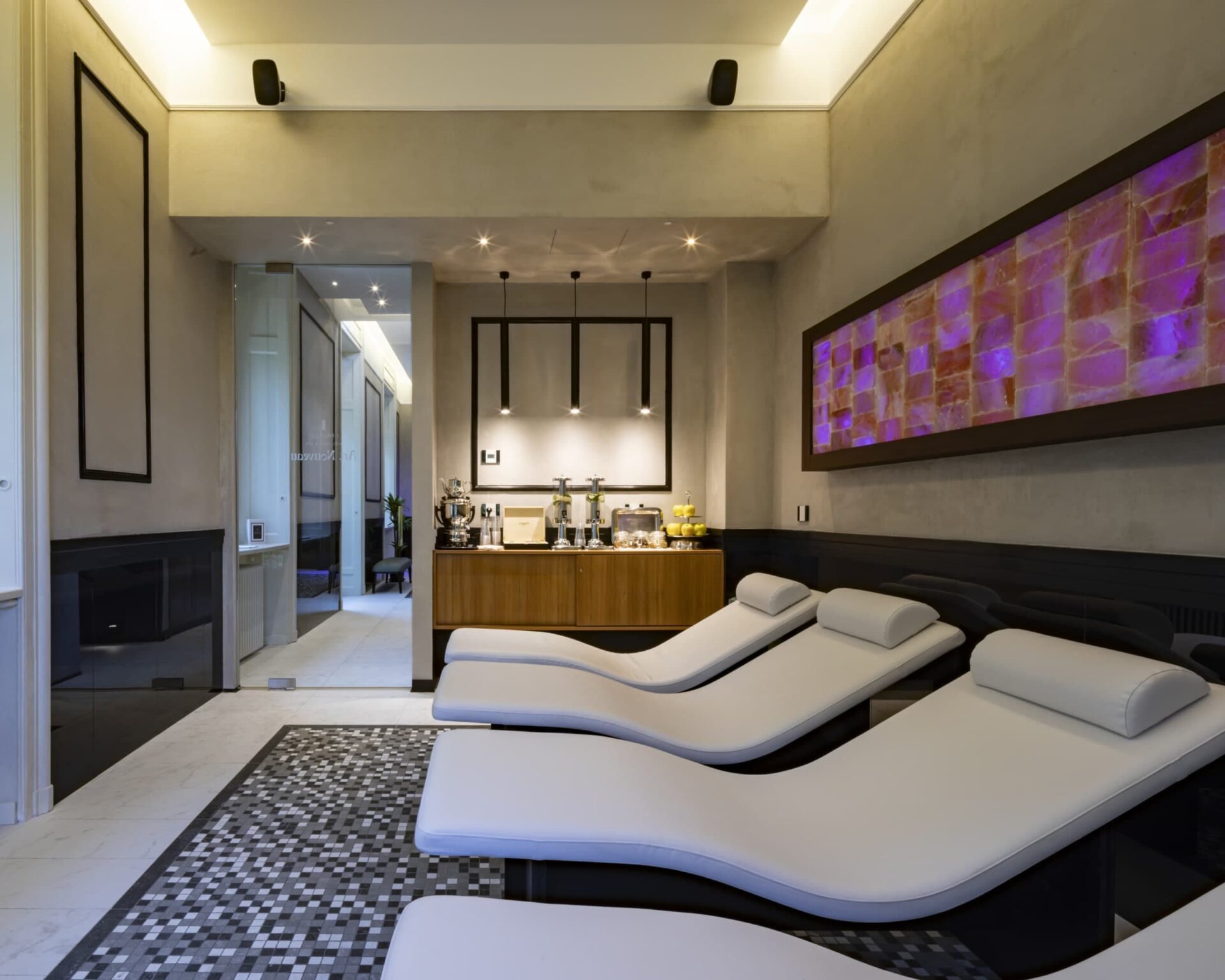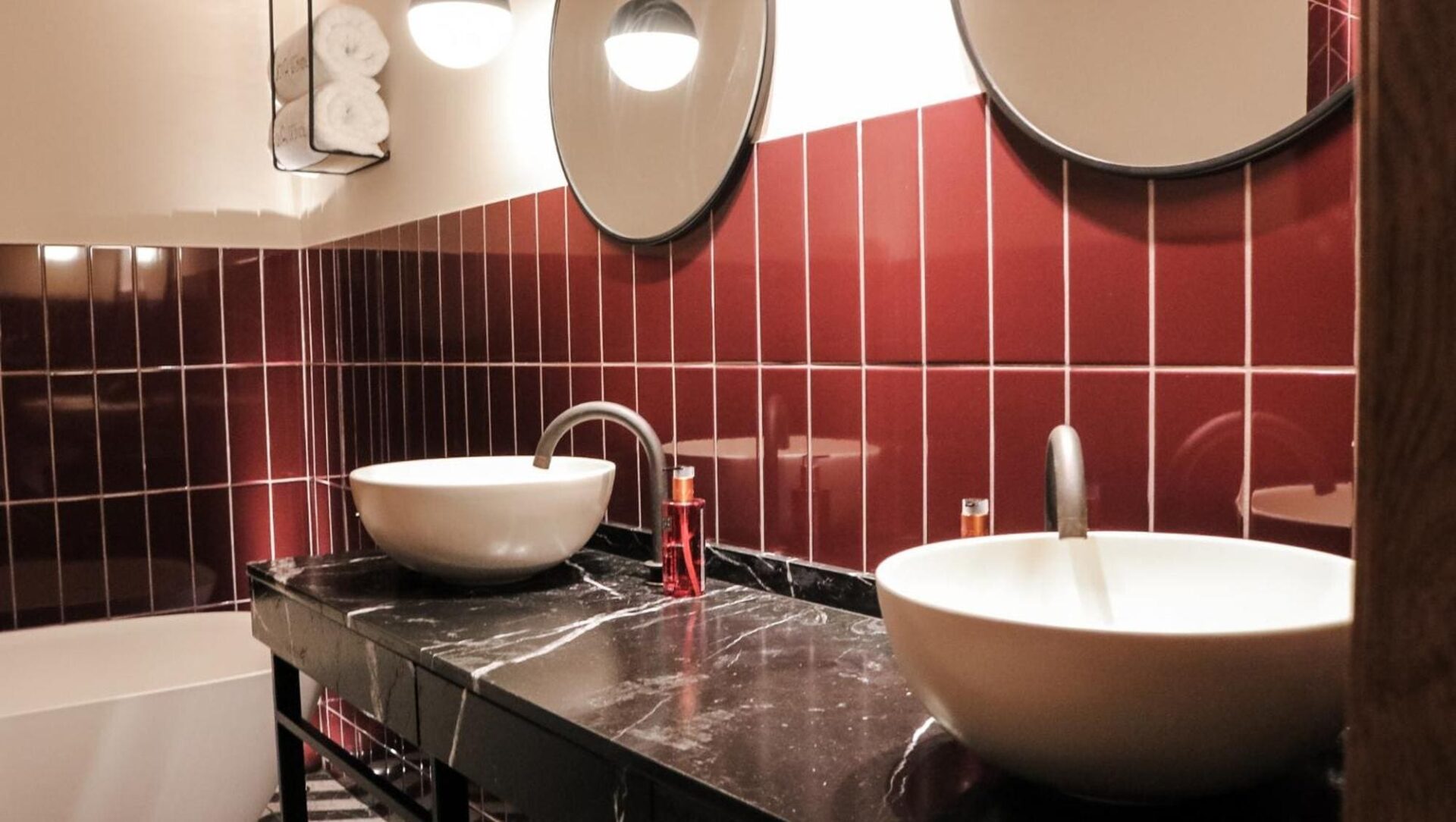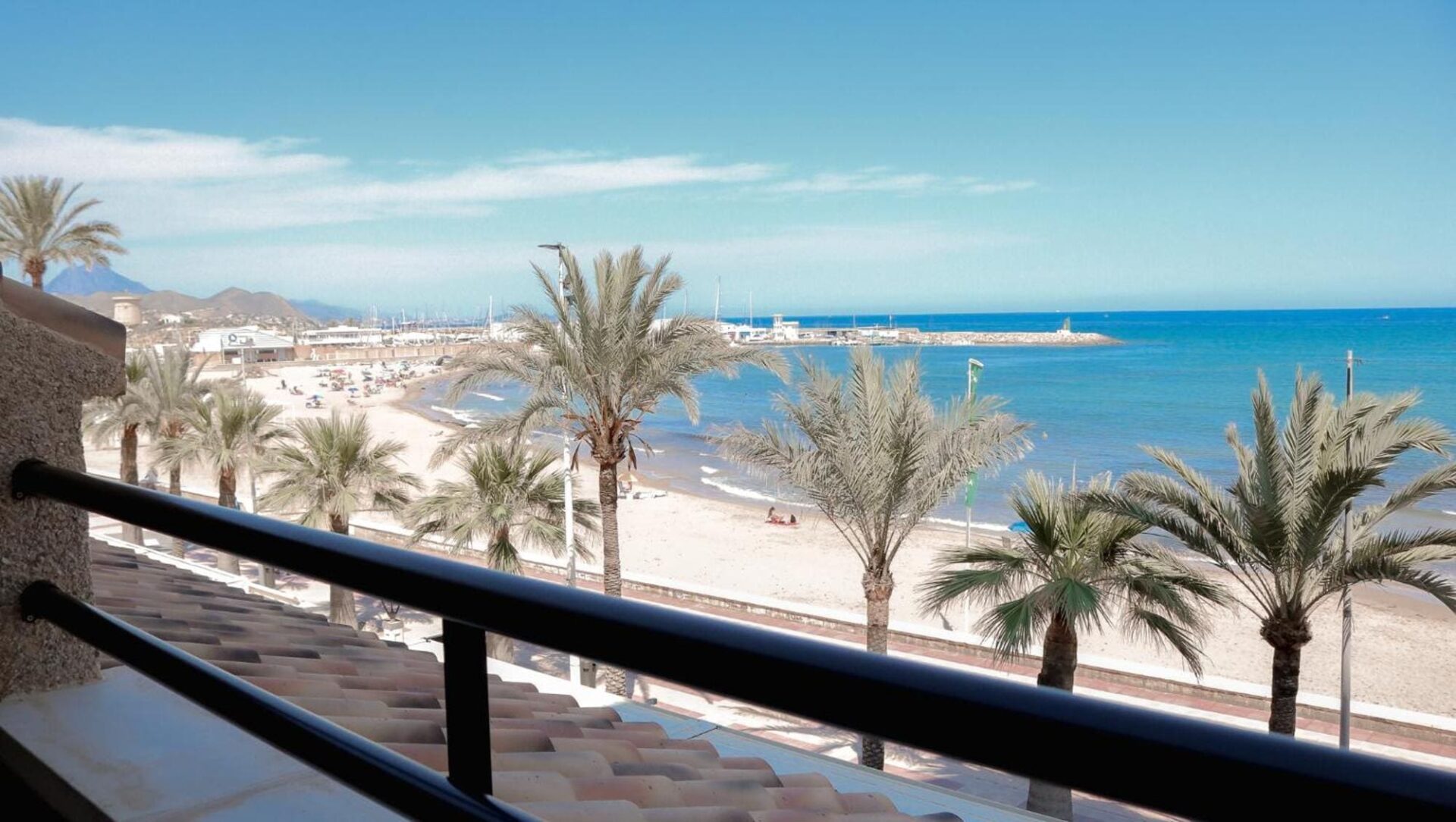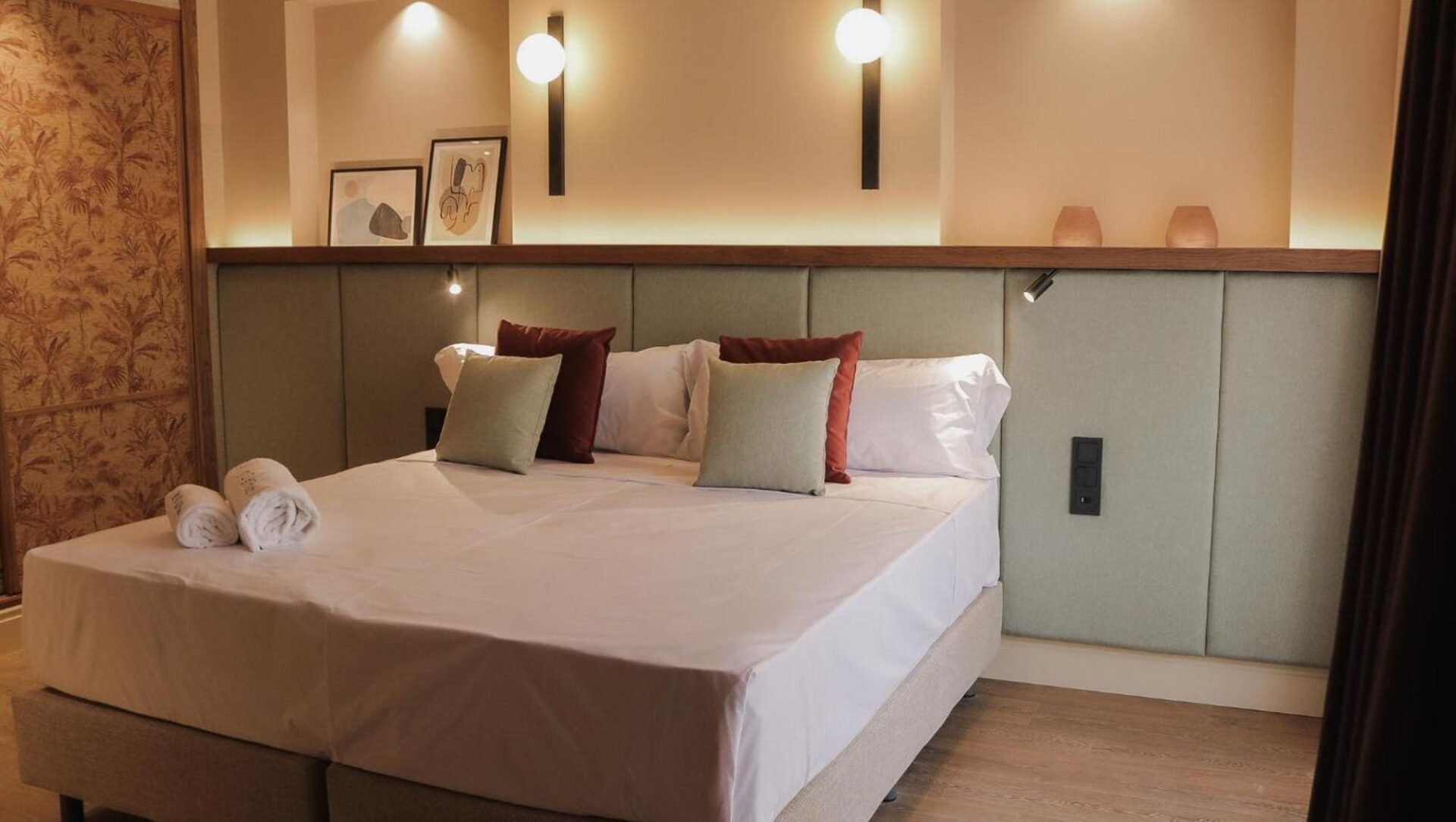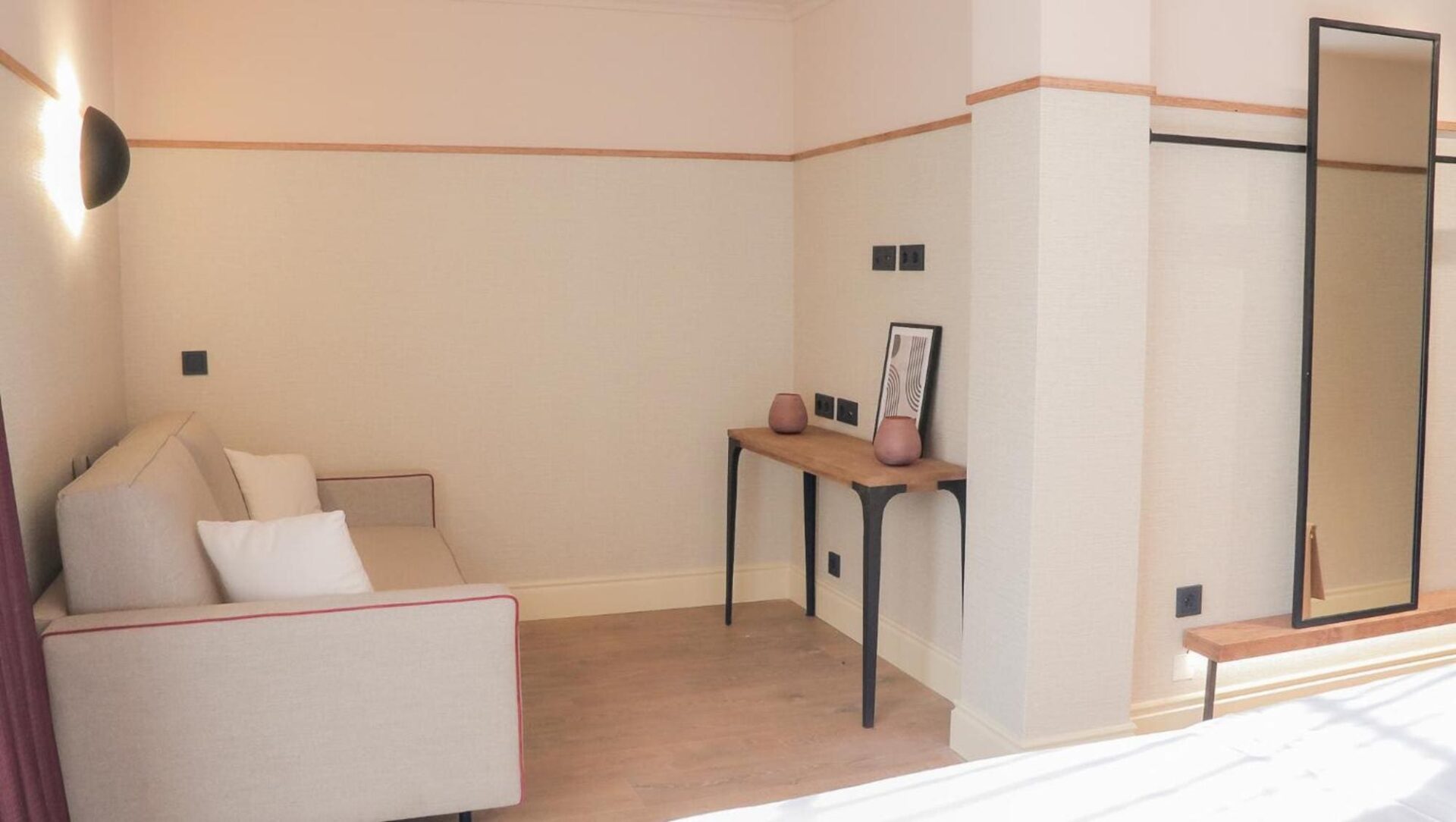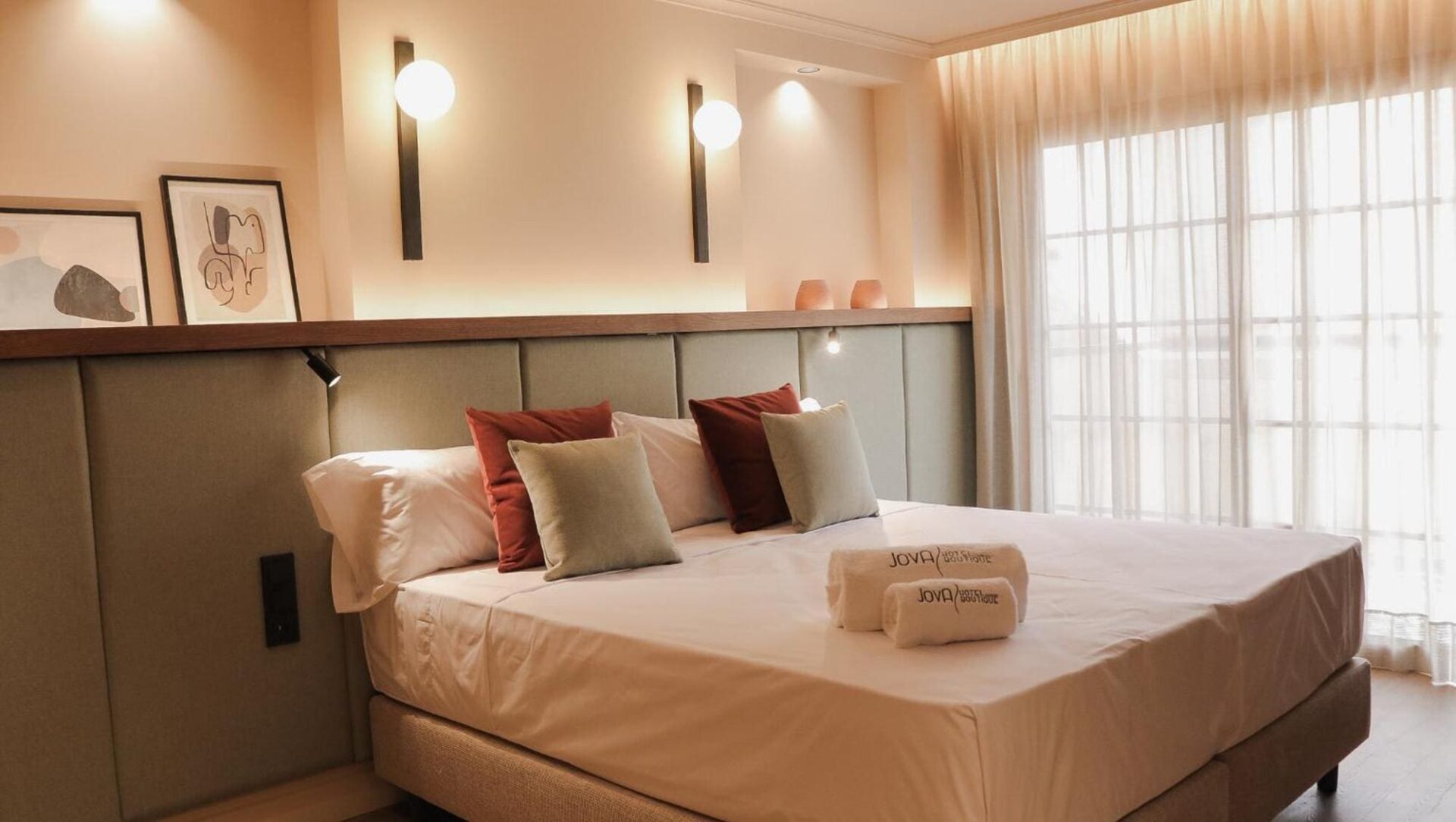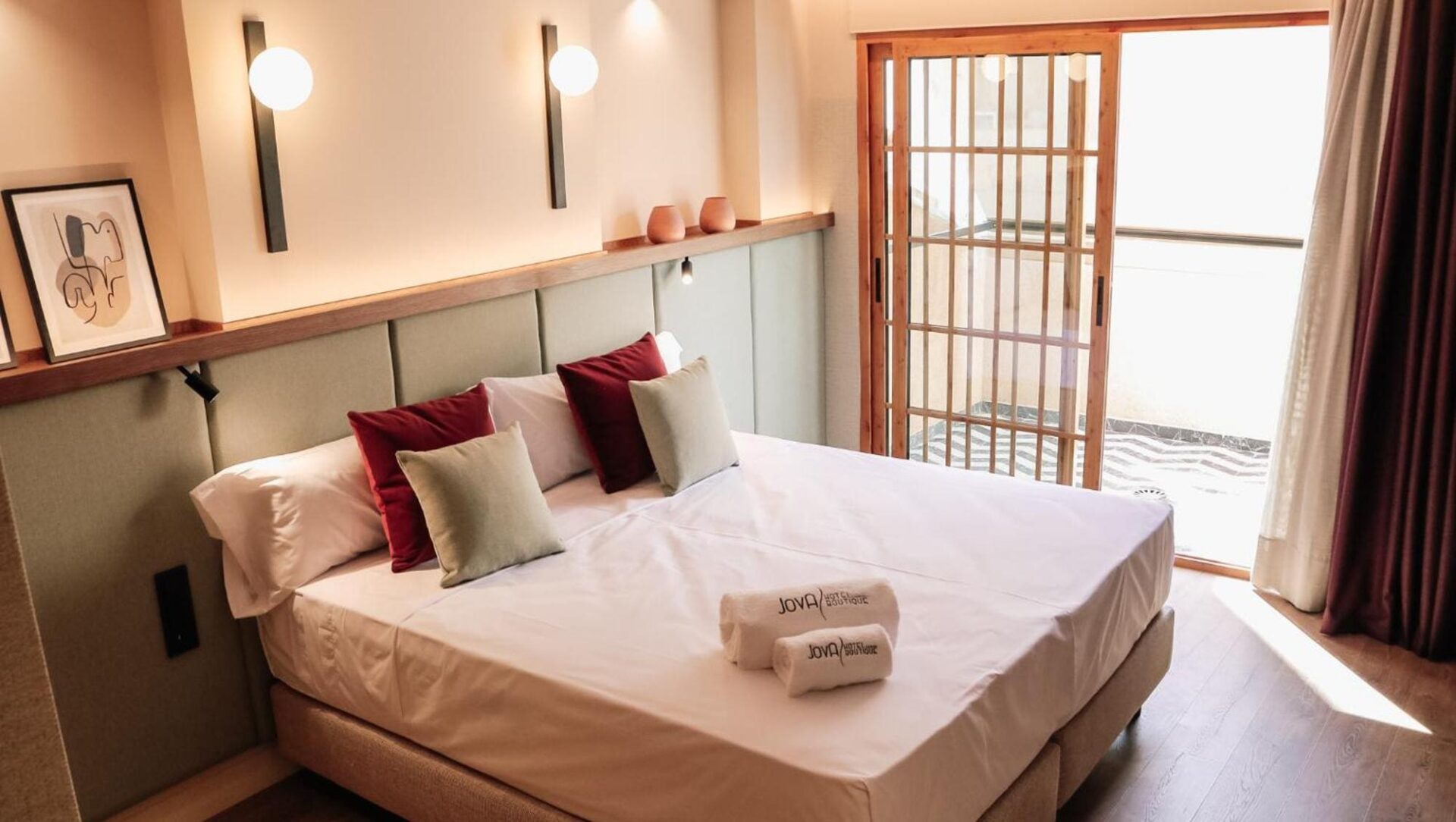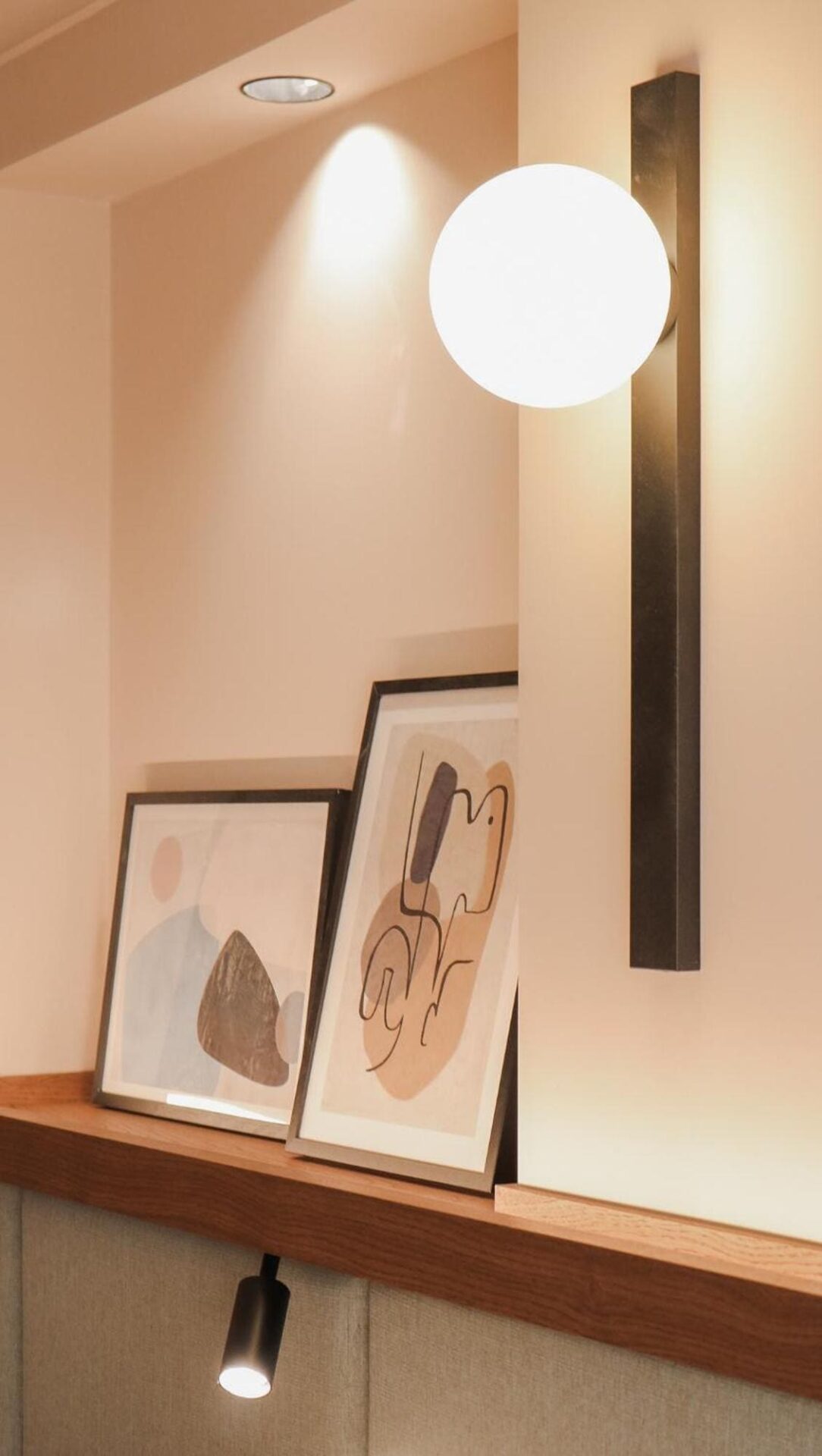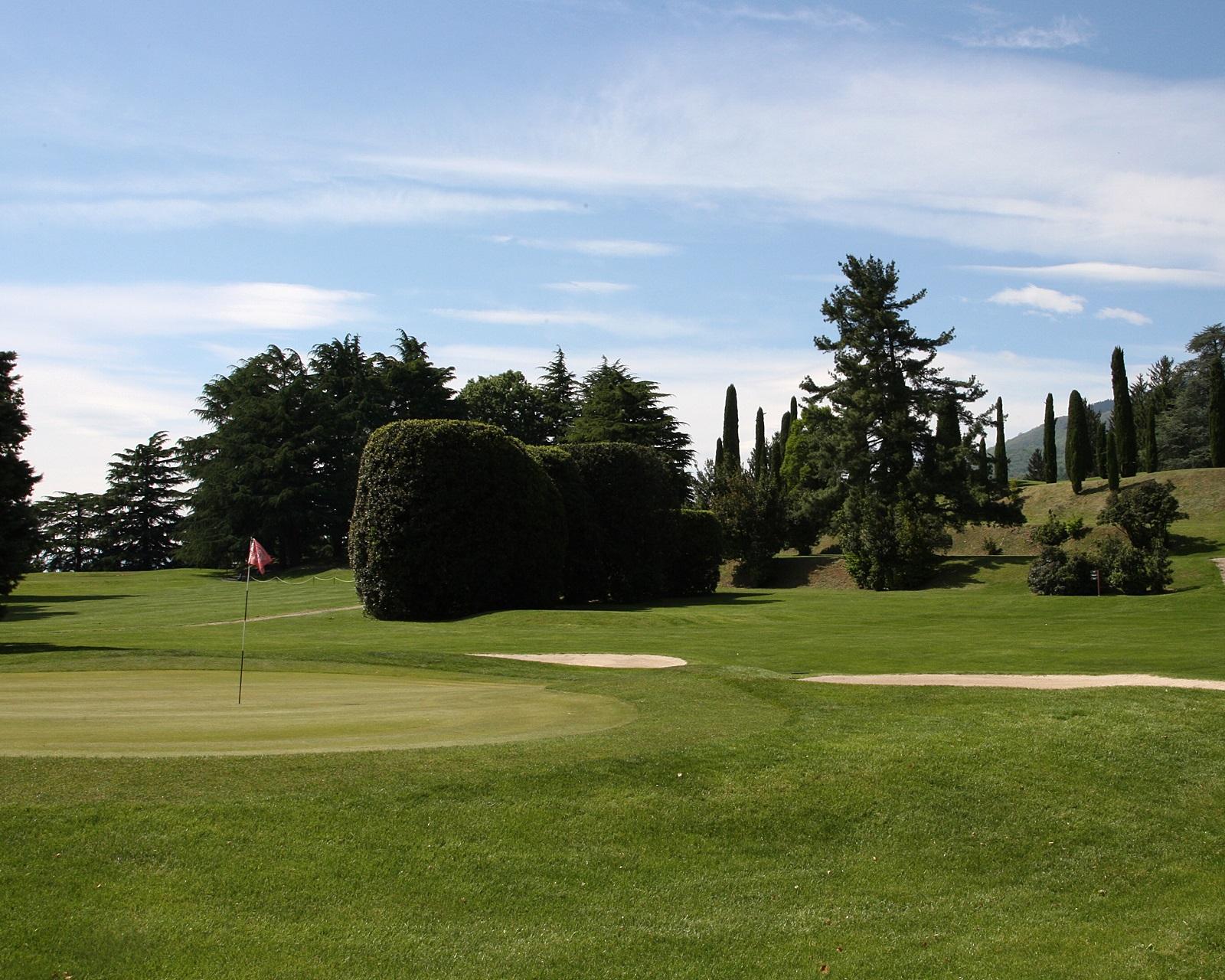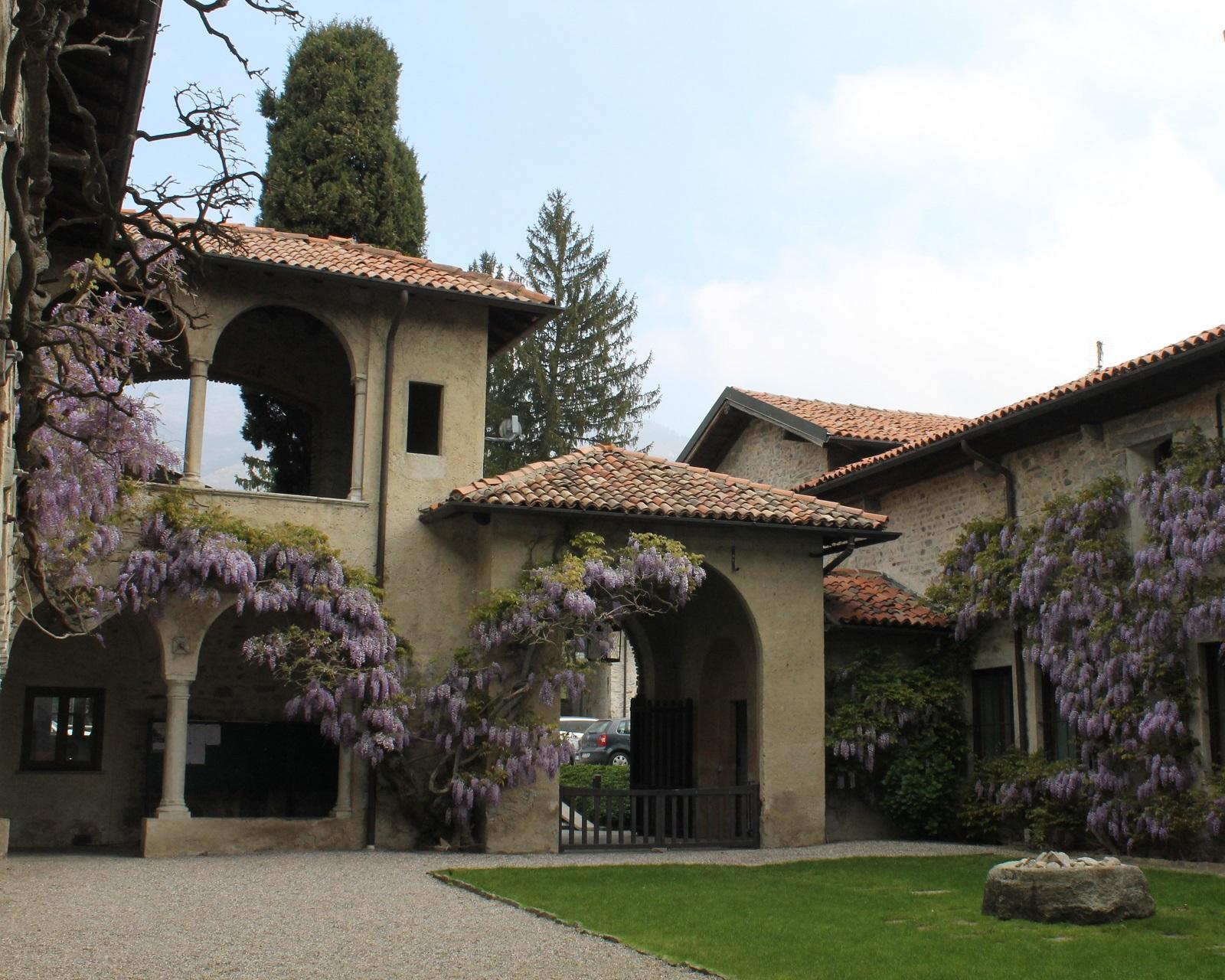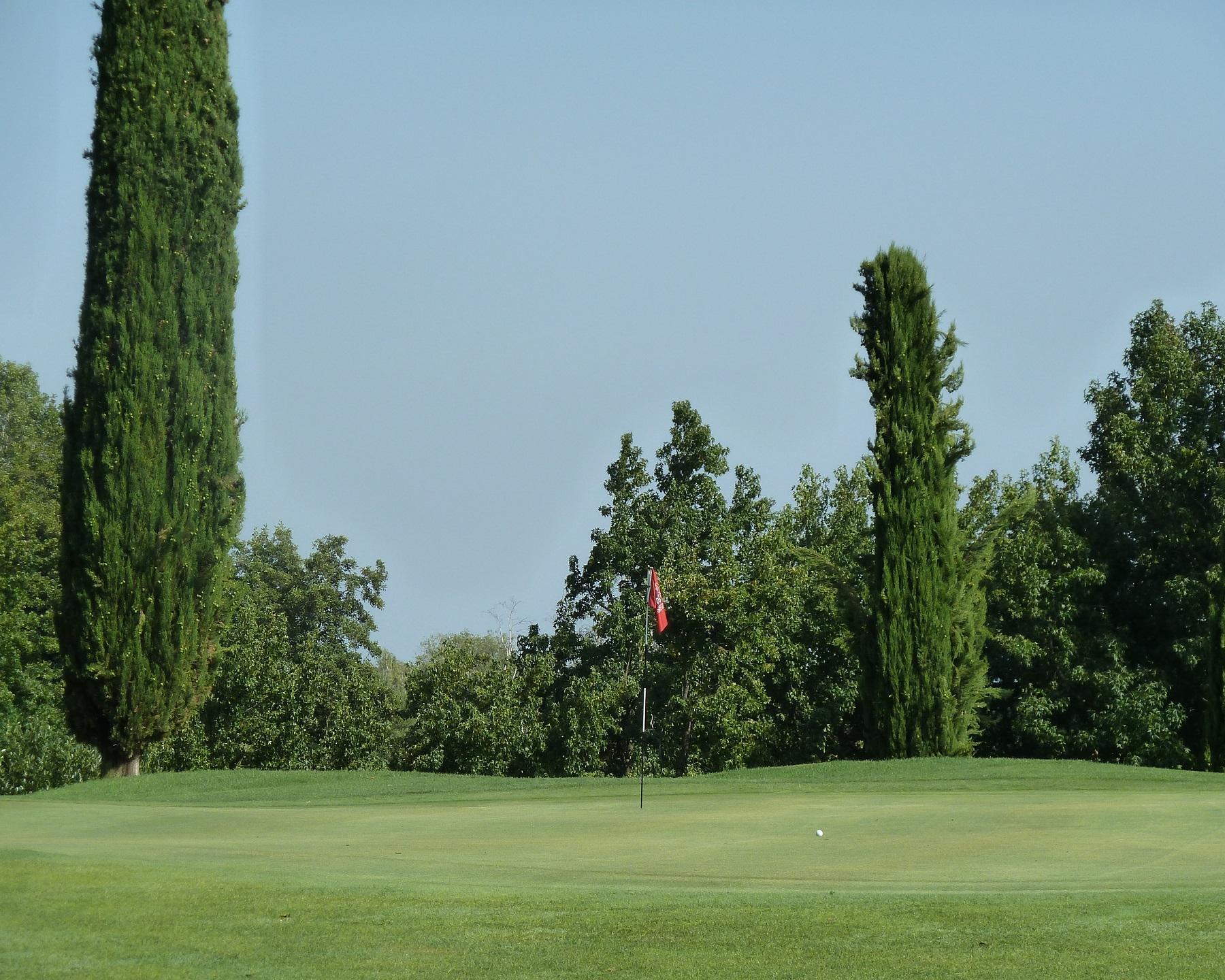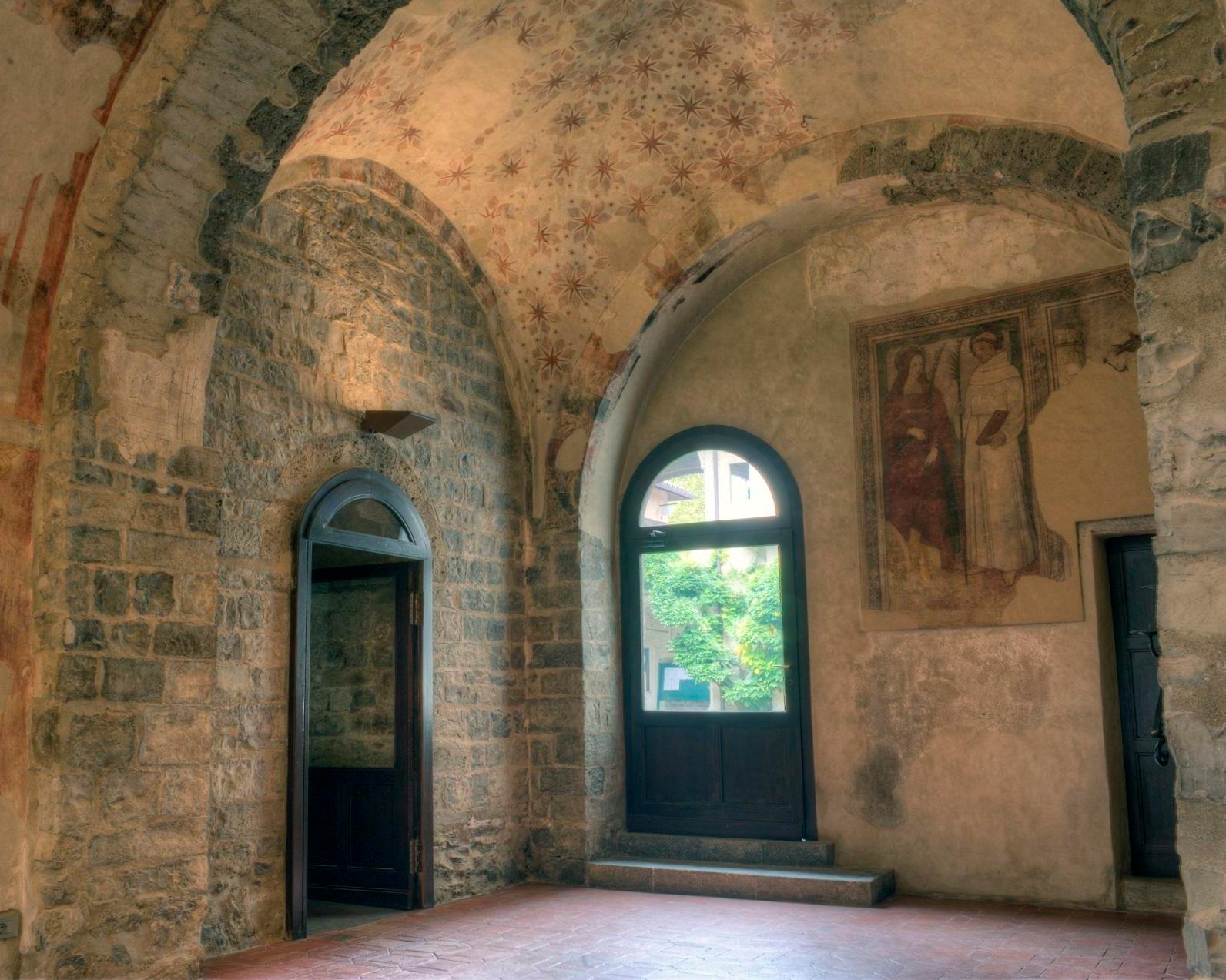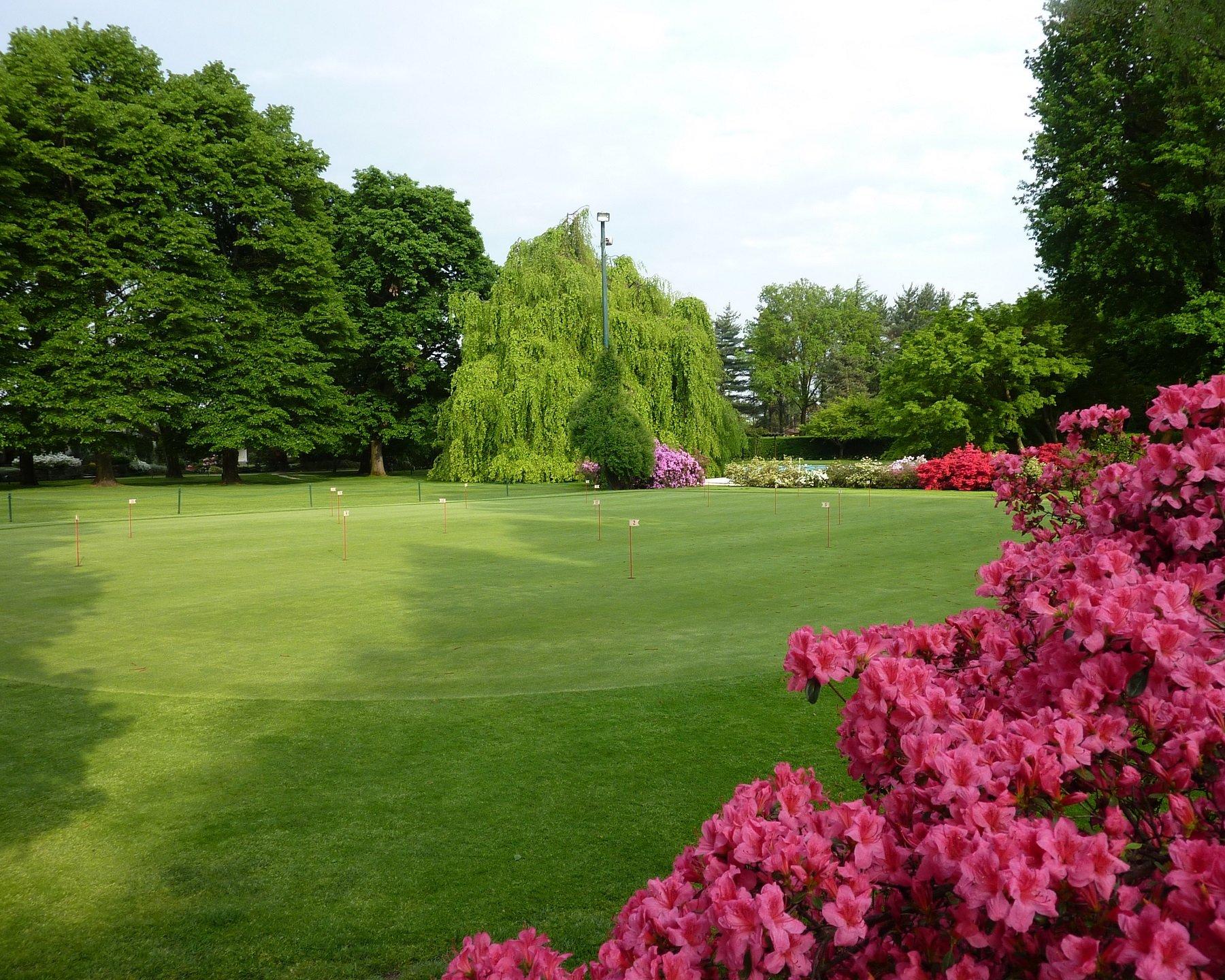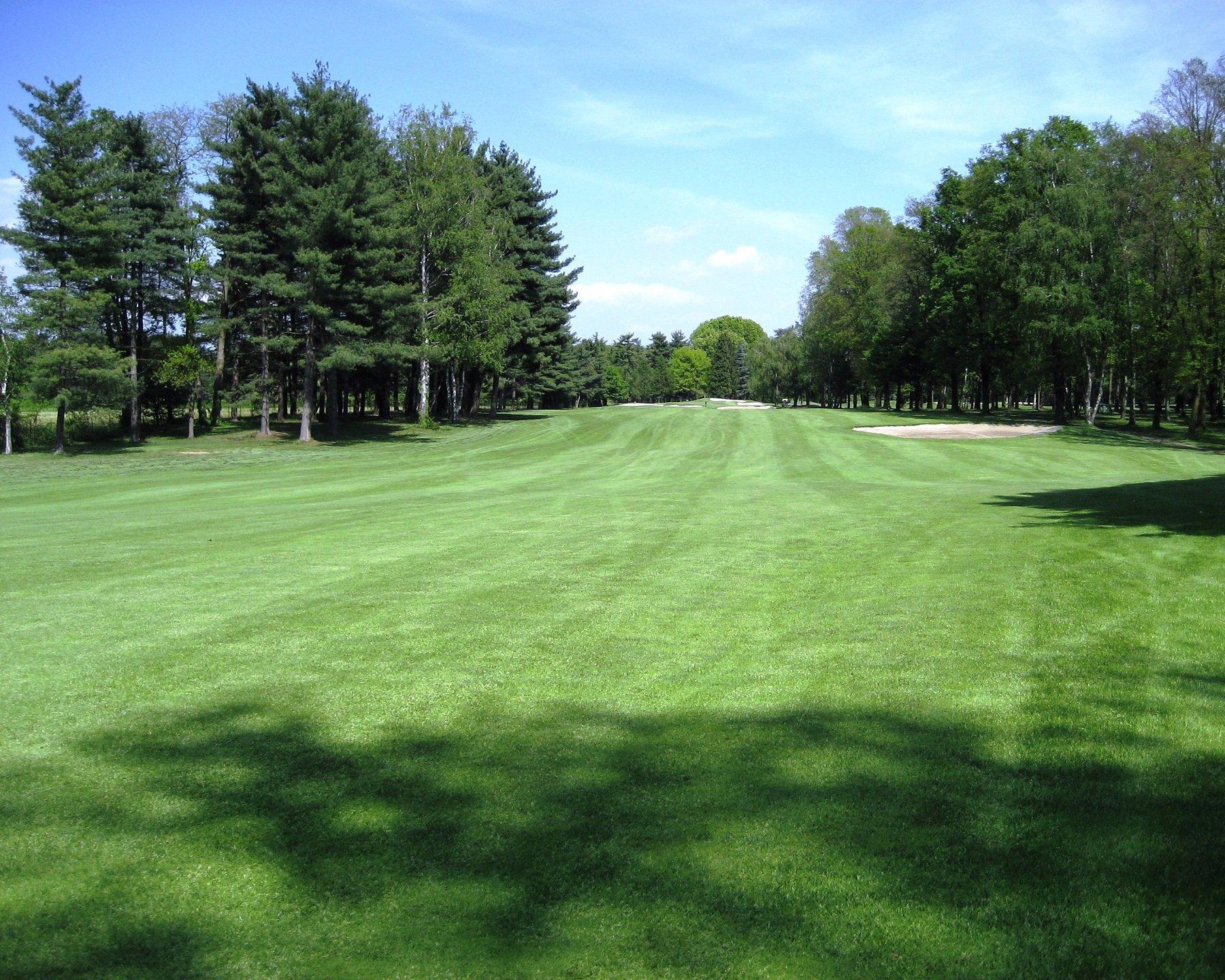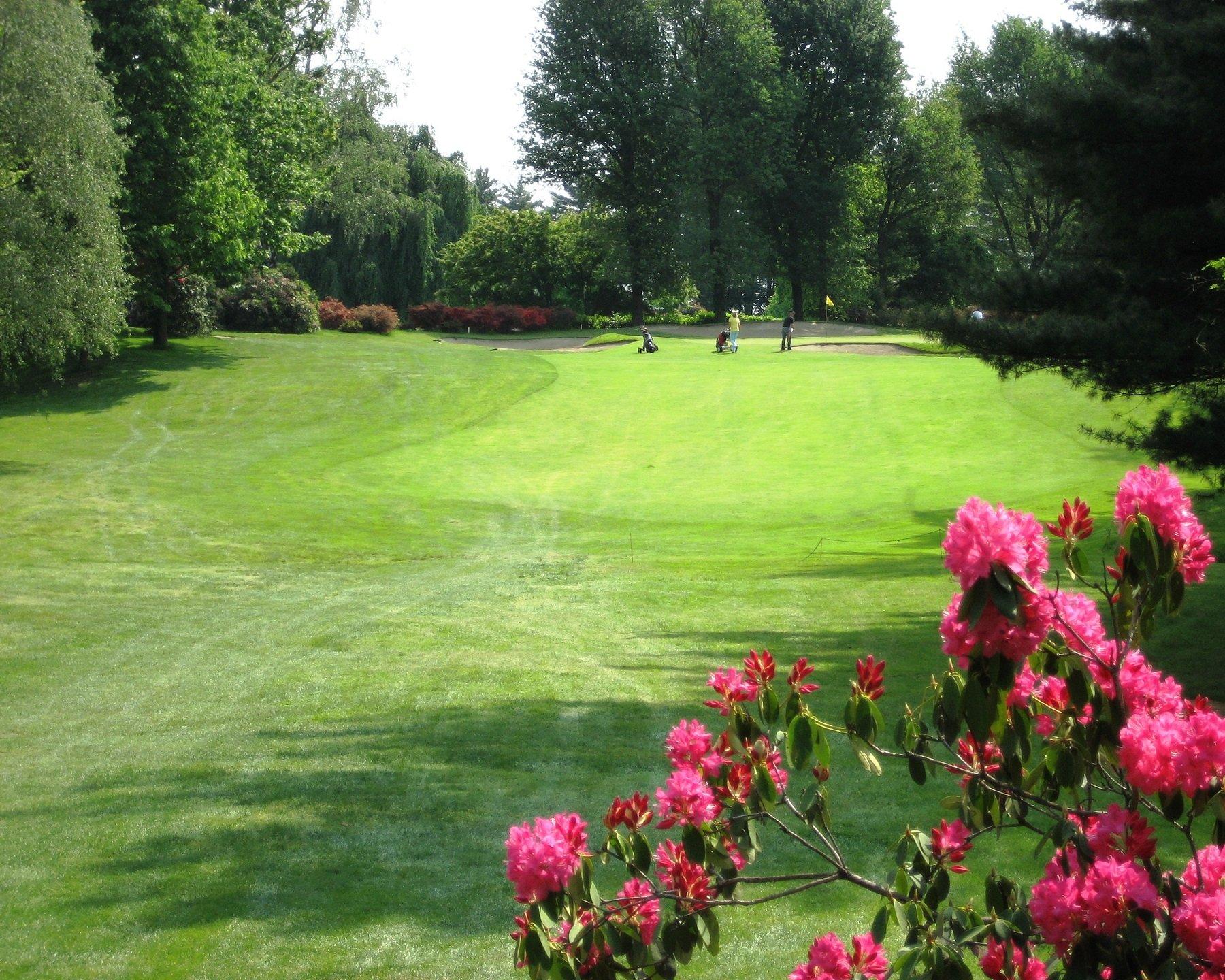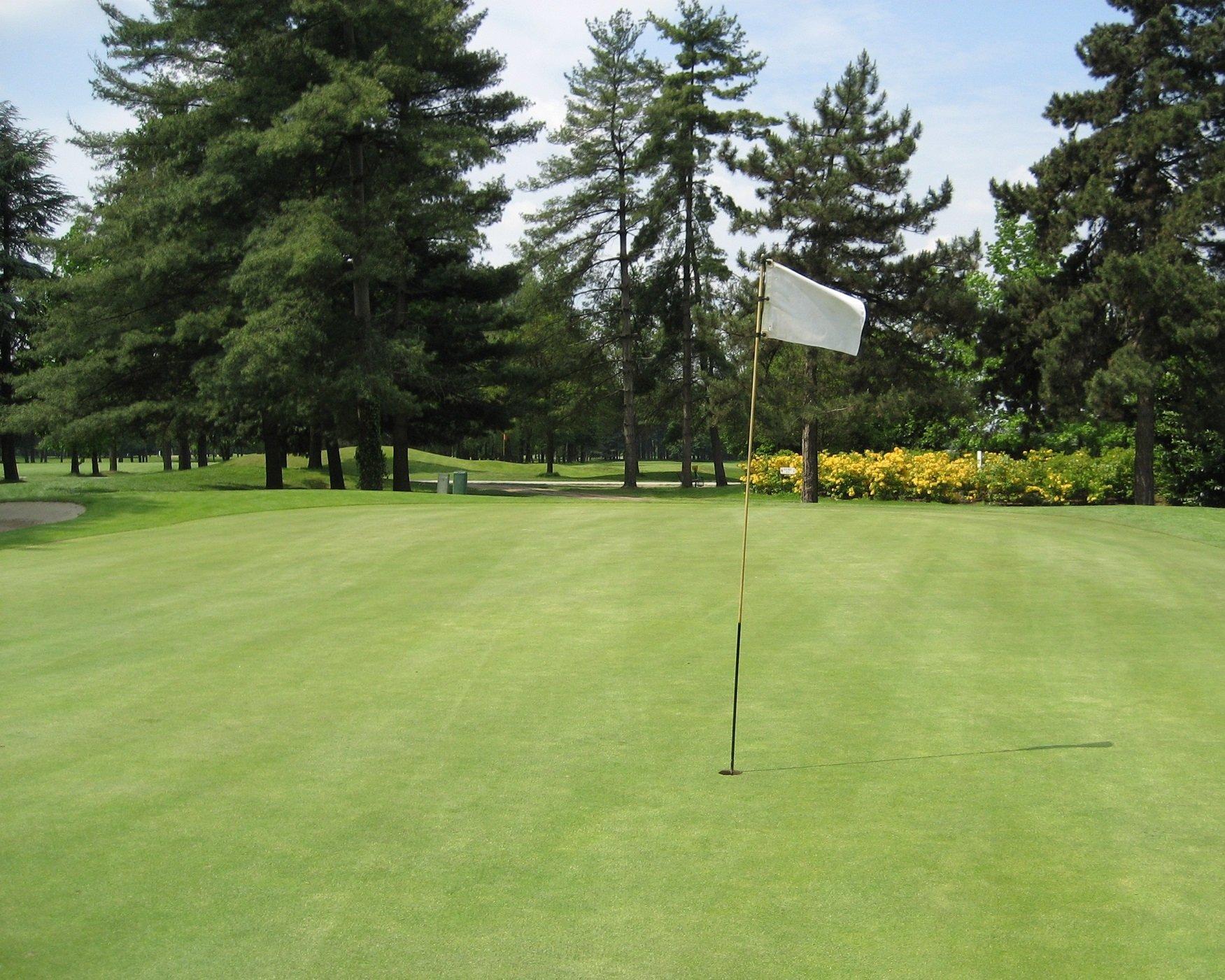Die Provinz Varese ist eine Provinz in der Region Lombardei in Italien. Ihre Hauptstadt ist die Stadt Varese (mit einer Bevölkerung von 80.857 Einwohnern), aber die größte Stadt ist Busto Arsizio. Der Hauptsitz von AgustaWestland, dem Unternehmen, das seit 2016 in Leonardo aufgegangen ist und weltweit der größte Hersteller von Hubschraubern ist, befindet sich in Samarate, einer Gemeinde der Provinz. Stand 2015 hat sie eine Bevölkerung von 889.410 Einwohnern auf einer Fläche von 1.198,11 Quadratkilometern. Der Provinzpräsident ist Nicola Gunnar Vincenzi. In der Römerzeit waren die befestigten Siedlungen von Castelseprio und der Hafen von Angera von großer Bedeutung in der Region. Das Haus Visconti eroberte die Region im 13. Jahrhundert und zerstörte Castelseprio vollständig. Das Haus Visconti nutzte das Land für landwirtschaftliche Zwecke und als Teil der Territorien von Mailand. Während dieser Visconti-Herrschaft wurde Varese aufgrund des hohen Handelsniveaus in der Region wohlhabend, blieb aber klein. Vor seiner Ernennung zum Herzog lebte Francesco III. d’Este, Herzog von Modena, im 18. Jahrhundert in der Region. Während die Vereinigung Italiens in Gang war, versuchte der italienische General Giuseppe Garibaldi, Anti-Österreicher in Varese zu installieren; als Reaktion darauf versuchten die Österreicher 1859 einzudringen, und es kam zu einer Schlacht in Varese, die Garibaldi gewann. In der zweiten Hälfte des 19. Jahrhunderts erlebte die Gegend ein beträchtliches wirtschaftliches Wachstum mit der Gründung zahlreicher Fabriken, insbesondere in der Papier-, Maschinen- und Textilindustrie. Umberto Bossi wurde 1941 in der Nähe von Varese geboren und war der Ansicht, dass die Region Lombardei einen gewissen Grad an Unabhängigkeit haben sollte; 1986 gründete er die Lombardenliga, die eine Komponente der Lega Nord (Nordliga) wurde.
Palace Grand Hotel Varese
Hotel page
02.11.–07.11. —
5 nights, DBL Park View room (twin-bedded), BED AND BREAKFAST
Nestled on the verdant heights of Palace Grand Hotel Varese — on the hillside of Colle Campigli overlooking the city of Varese — lies a true gem of elegance and tranquillity. From the moment you arrive, you are transported into a timeless world of refined charm, where Belle Époque grace meets contemporary comfort. Originally opened in 1913, the building was designed by renowned Art Nouveau architect Giuseppe Sommaruga and stands as one of the most captivating Liberty‑style hotel landmarks in northern Italy. Here, sprawling lawns and centuries‑old trees embrace the hotel, offering a green sanctuary just minutes from the city centre. Panoramic views stretch from Lake Varese to alpine ridges, turning every breakfast, walk or moment on the terrace into a memory framed by nature. The rooms speak of thoughtful elegance: high ceilings, parquet or plush carpeting, pastel tones combined with traditional wood furnishings. Many rooms boast striking views — over the park or out toward Lake Varese. On warm days, the outdoor pool set within the stately park invites languid swims and lounging. Dining gets elevated in the “Ristorante Liberty”, where plates reflect both local flair and international finesse — under chandeliers and within architecture that recalls the elegance of early 20th‑century society.
more details
Nestled on the verdant heights of Palace Grand Hotel Varese — on the hillside of Colle Campigli overlooking the city of Varese — lies a true gem of elegance and tranquillity. From the moment you arrive, you are transported into a timeless world of refined charm, where Belle Époque grace meets contemporary comfort. Originally opened in 1913, the building was designed by renowned Art Nouveau architect Giuseppe Sommaruga and stands as one of the most captivating Liberty‑style hotel landmarks in northern Italy. Here, sprawling lawns and centuries‑old trees embrace the hotel, offering a green sanctuary just minutes from the city centre. Panoramic views stretch from Lake Varese to alpine ridges, turning every breakfast, walk or moment on the terrace into a memory framed by nature. The rooms speak of thoughtful elegance: high ceilings, parquet or plush carpeting, pastel tones combined with traditional wood furnishings. Many rooms boast striking views — over the park or out toward Lake Varese. On warm days, the outdoor pool set within the stately park invites languid swims and lounging. Dining gets elevated in the “Ristorante Liberty”, where plates reflect both local flair and international finesse — under chandeliers and within architecture that recalls the elegance of early 20th‑century society.
Golf Club Varese
Golf club page
03.11. — green fee per player: Green Fee 18 Holes Prov 2026 B (10:00)
Golf and Varese are old acquaintances. It was 1897 when the first 9 holes of the city were marked out in the park of the Grand Hotel Excelsior in the Casbeno neighborhood, today site of the prefectural offices. After a brief transfer north to Valganna, the Golf Club Varese found its definitive location in Luvinate in 1934. First 9 holes, which then doubled in the 1950s, with views that sweep from Monte Rosa to the three lakes – Maggiore, Varese and Monate – and an immense wealth of century-old trees, as beautiful to see as they are penalizing for imprecise golfers The course is indeed narrow with small and well-defended greens, with undulating sloping fairways that are often breathtaking – such as Hole 18 with an uphill climb to a killer green! Dominating it all, the 12th century monastery from which the clubhouse was created. A stop here is a unique experience. You must cross an ancient cloister, as the Benedictine nuns once did who lived here until the 15th century. Going past the old sacristy, you enter the spacious parlor, the bar and restaurant with coffered ceilings and the other walls covered with wooden panels bearing the names of the winners of the club’s most prestigious tournaments. Each hole is completely different from the others and rarely will you find yourself playing a shot with the ball perfectly level. It is often wise to forgo using a driver from the tee, so as not to run too many risks and place the ball in the wider spots of the fairway with an iron or three-wood. Technical Details Course: 18 holes, Par 72, 6054 meters Architects: Gannon & Blanford Topography: rather hilly, wide fairways, many doglegs, veteran trees Distinctive features: the many doglegs are quite demanding and require a precise game: either a 3-wood or a long iron might help. Pro’s comments The Golf Club Varese thrills golfers especially in autumn, when the trees are brightly colored with red, yellow, brown and dark green leaves. A sight not to be missed, just as the tee shot from Hole 10 overlooking Lake Varese, with a truly breathtaking view. For golf aesthetes, a must-see.
more details
Golf Club Barlassina
Golf club page
05.11. — green fee per player: GREEN FEE 18 HOLES - Hotel Guests Prov 2026 (10:00)
From the very first step into the club house, where you can find the trunk of a monumental plane tree, protected by a glass case and with its canopy reaching for the sky above the roof, you gather that the founder of Barlassina in 1958 wanted something unique. Goal achieved, because the club, with its 70 hectares in the countryside between Milano and Como remained for a long time one of the few Italian private golf clubs, defending an exclusivity of which it’s always been proud. But times change and now even the occasional visitor gets to know this gem of Lombardy golf, where the creator, the British architect John Morrison, assisted by Donald Harradine, took advantage of the hilly land, making it even more scenic. The best time to play the 18th holes in the Groane Park is late Spring: azalea and rhododendron bushes of many pink shades convert it into a delightful lush garden. The green of the 9th hole (a 183 m long par 3), surrounded by flowers, wins the “Oscar” for the best set design. Finally, a treat for the enthusiasts of the cinema: in 1960, the halls of the clubhouse, designed by the architect Luigi Vietti, were chosen by director Michelangelo Antonioni as a set for the dance scene of the award winning movie “La notte”, starring Jeanne Moreau and Marcello Mastroianni. Course: 18 holes, Par 72, 6135 meters Architects: Harris, Morrisson Topography: gentle rolling hills, woodland course, numerous bunkers Distinctive features: conceived to suit all levels Pro’s Comments A club of long tradition with a magnificent course. The holes, completely immersed in the woods and in the silence, get better and better. To be mentioned is the 10th, with the tee close to the clubhouse, it’s a very difficult and delicate Par 4 slightly dog-leg to the left, where it’s mandatory to play an accurate tee shot to reach a very far green (from the championship tee, more than 400 meters). A particularity that you will appreciate: no water hazards guarding the greens, but only a few streams in the woods. A joy for the less skilled players. Barlassina is perhaps the only golf club in Italy that still provides members-only lounges in the club-house. For many‚ but not for everyone.
more details



